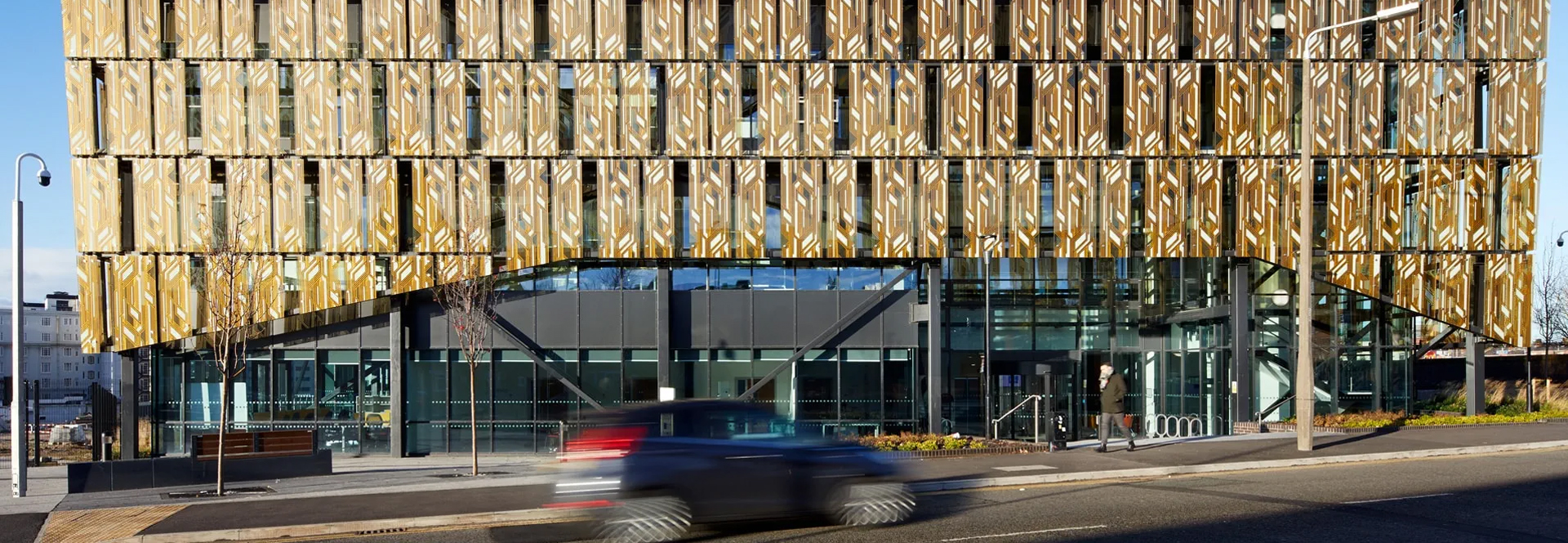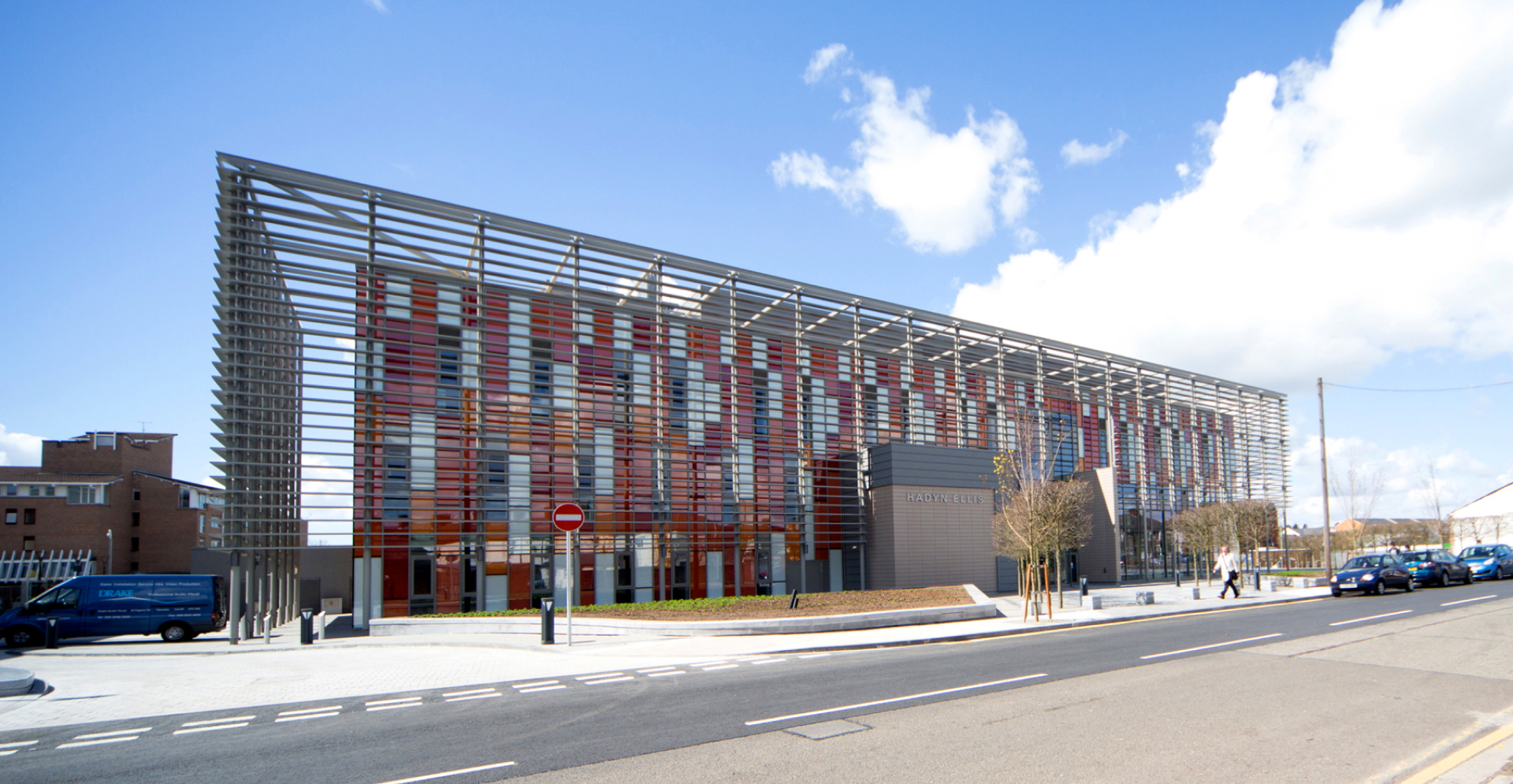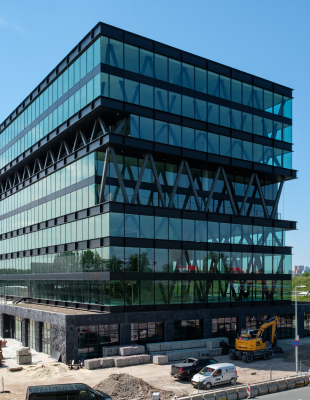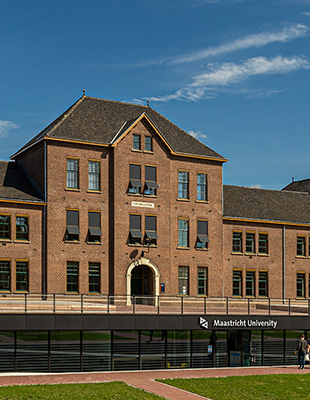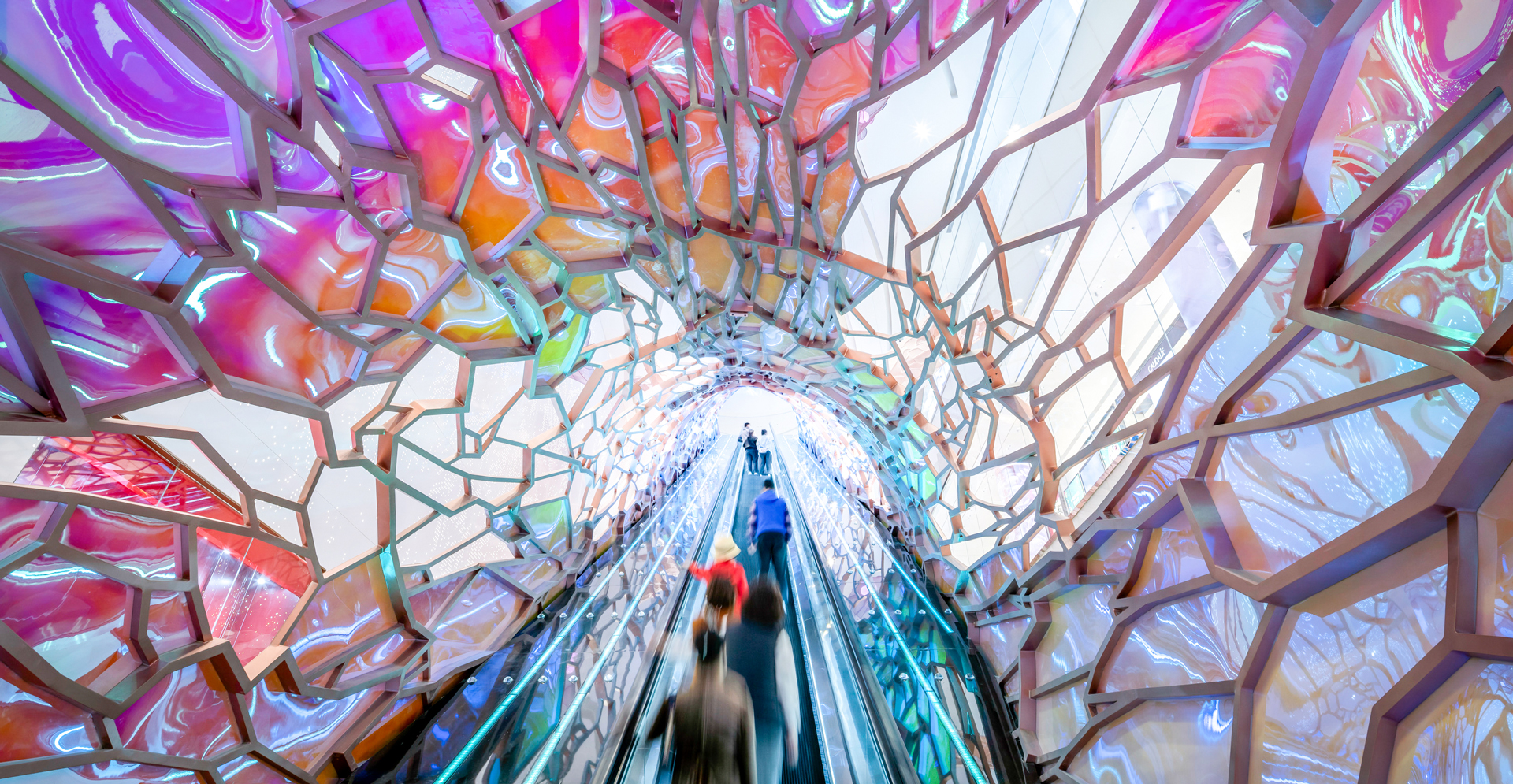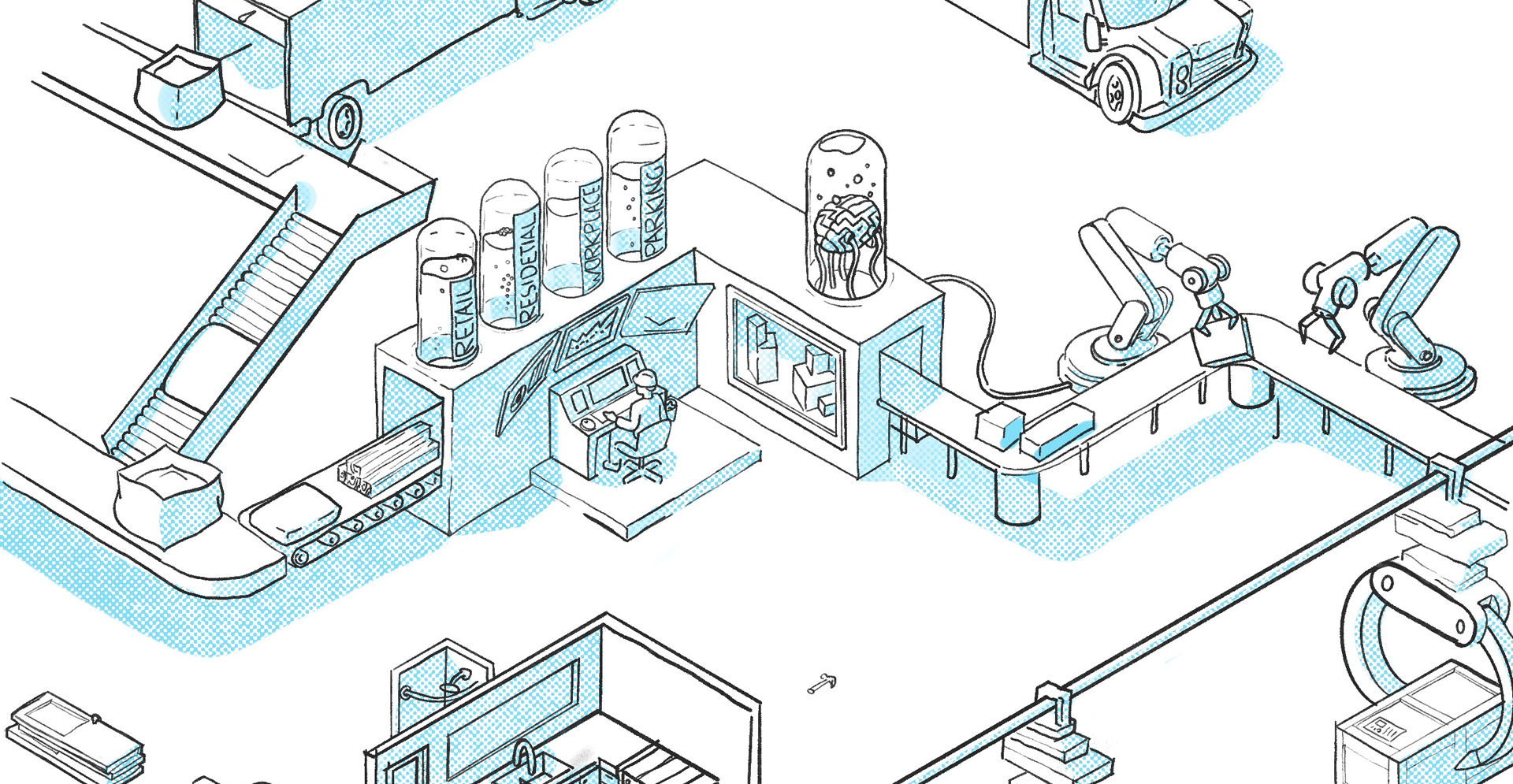Table of Contents
The challenge
A design of new modern incubator space for startu-ps and SMEs developing digital sensor technologies.
2500
Sensor City, a global hub for the development of sensor and IoT technologies based in Liverpool founded by the University of Liverpool and Liverpool John Moores University, was in the process of designing its facility, requiring it to be a practical proto-typing centre with laboratories able to accommodate various partner needs.
As an incubator building for sensor-based science, the facility needed to accelerate the development of current academic and embryonic research programs as proof of concept before commercial progression.
The solution
We provided complete architectural services and planning, landscape and interior design throughout the commission through a flexible modular approach.
1000
Various approaches to modular demountable construction were explored to reach a consensus between stakeholders. This culminated in developing a simple modular partitioning system, formed from common construction materials to provide flexibility without the need to employ specialist contractors using expensive and bespoke materials wherever a research tenant changed or required amendments to a specific incubator area.
During the briefing process, the need for visual screening became apparent to prevent intellectual property theft while maintaining a transparent and permeable external skin. The orientation of the building also required substantial levels of solar shading to prevent overheating. In addition, the two Universities behind the development were keen to incorporate public art within the building fabric rather than as an accessory.

The impact
The incubator delivers a striking, iconic, very functional and usable building that will create jobs and new businesses over the next decade.
300
Through Sensor City, we have the opportunity to create 1,000 jobs and house 300 new businesses over the next decade. The 2,500m2 building is strategically located at the geographical centre of several disparate university buildings, serving as a critical link within both the academic and local community. Thanks to this facility, further investment in the Liverpool area is expected, particularly in the engineering and innovation spaces.
Liverpool City Council champions the building for its use of public art within the building fabric, and the Design Council London uses the project as an exemplar case study. Since its opening, the building has attracted much local, national and industry media attention and hosted high-profile events.
Not done reading?
This also might be interesting for you
- Related Projects
- Related Insights
- Related Blogs
